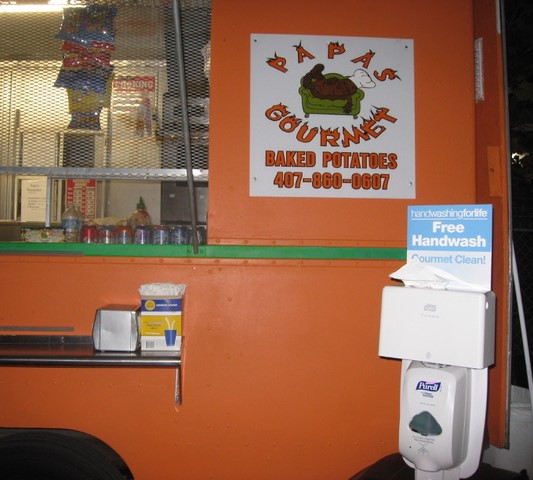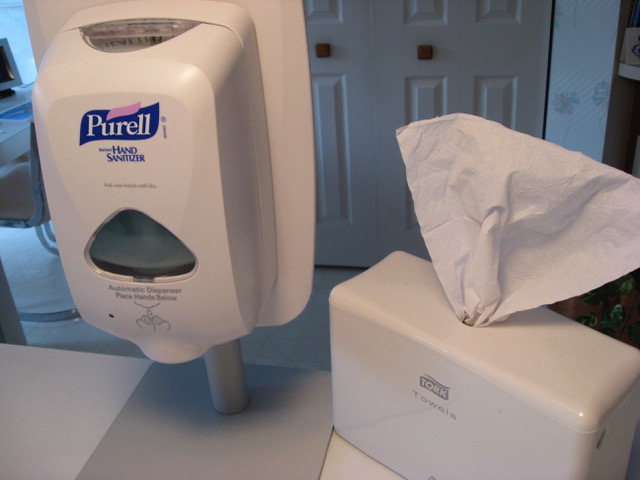Commentary
Water saving hand washing: a must for food trucks
Stretching water supplies while maintaining high hand hygiene standards.

June 19, 2017
By Jim Mann
Water is a valuable asset for the food truck operator, even more so than for their brick-and-mortar peers. The latter have an unlimited supply while the food truck has a fixed amount to be portioned out according to need.
 |
Jim Mann is the founder and director of the Handwashing for Life Institute in Libertyville, Illinois. |
Hand washing, which can consume a lot of water, may not be fully appreciated for its role in avoiding an illness outbreak. Hand washing may even be more important for food trucks because of the scrutiny they receive by both the health inspectors and the customers.
Customers themselves pose a threat to food trucks as they are common carriers of norovirus and hepititus A. They can introduce these highly virulent viruses into the truck and the food flow as they pay and collect their food. This is of particular concern as there is no readily available restroom for the customers to wash before their transaction at the service window.
Waterless hand washing
Handwashing For Life recommends that the water supply be stretched while maintaining a high "ServeReady" standard for hand cleanliness – a level the operator considers safe. Workers should wash their hands with soap and water each time they enter the truck and once every hour.
Between washes, they should wash using the SaniTwice protocol. First, as a cleaning step, they should take an excess amount of alcohol hand sanitizer into their hands and scrub vigorously for 15 to 20 seconds as they would with soap and water. They should wipe their hands forcefully with a paper towel while still wet. This is equivalent to the rinse step in a traditional wash. Next, as a kill step, apply the hand sanitizer per the label instructions.
 |
| A hand sanitizer can be placed near the food truck customer service window. |
The Journal of Food Protection reported that the SaniTwice method with an alcohol based hand sanitizer was equivalent to hand washing even under worst case simulation, underscoring the efficacy of this new method and indicating a potentially greater margin of safety.
Electronic faucets and deep draw hand sinks
Electronic faucets paired with a deep draw sink save a lot of water, nearly a gallon for a 20-second hand wash. A 2-gallon per minute flow is the Food Code standard, via the plumbing code. With a deep draw hand sink, hands are scrubbed off to the side, automatically turning off the flow of water until the user is ready for the rinse cycle. Twelve hand washes with this method saves 10 gallons of water.
Food truck operators should take into account new research that concludes cold water is just as good as hot. A comfortable water temperature is the new standard for hand washing, according to The Journal of Food Protection.
 |
| Consumers are already familiar with how to use a hand sanitizer. |
The SaniTwice method also provides operators an opportunity to offer customers a much appreciated moment to conveniently wash their hands. Operators can place a stand equipped with hand sanitizer, paper towels and a small wastebasket near the service window or along the line of waiting clients.
The SaniTwice instructions can be placed on a placard above the sanitizer dispenser or on the paper towel dispenser along with a relationship building "We Care!" message. Handwashing For Life will create, without charge, a custom placard for the first six requests.
(Photos courtesy of the Handwashing for LIfe Institute, handwashingforlife.com.)


